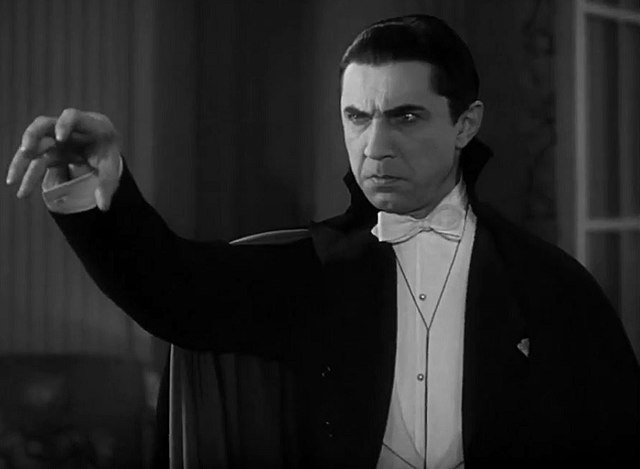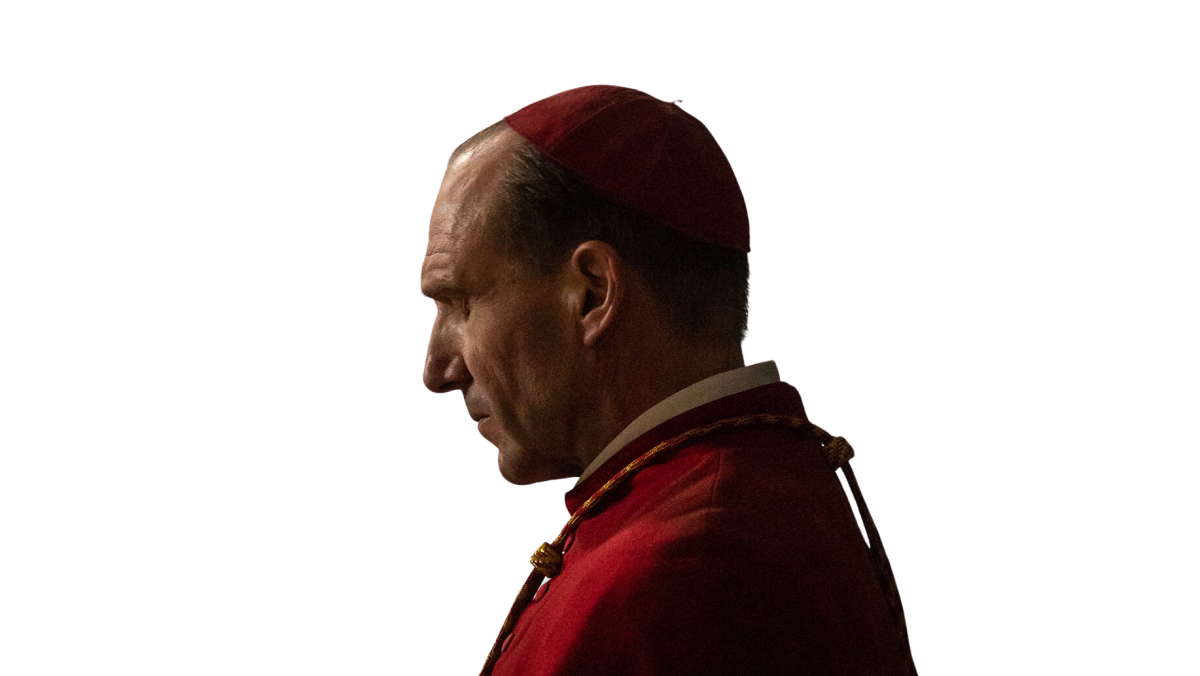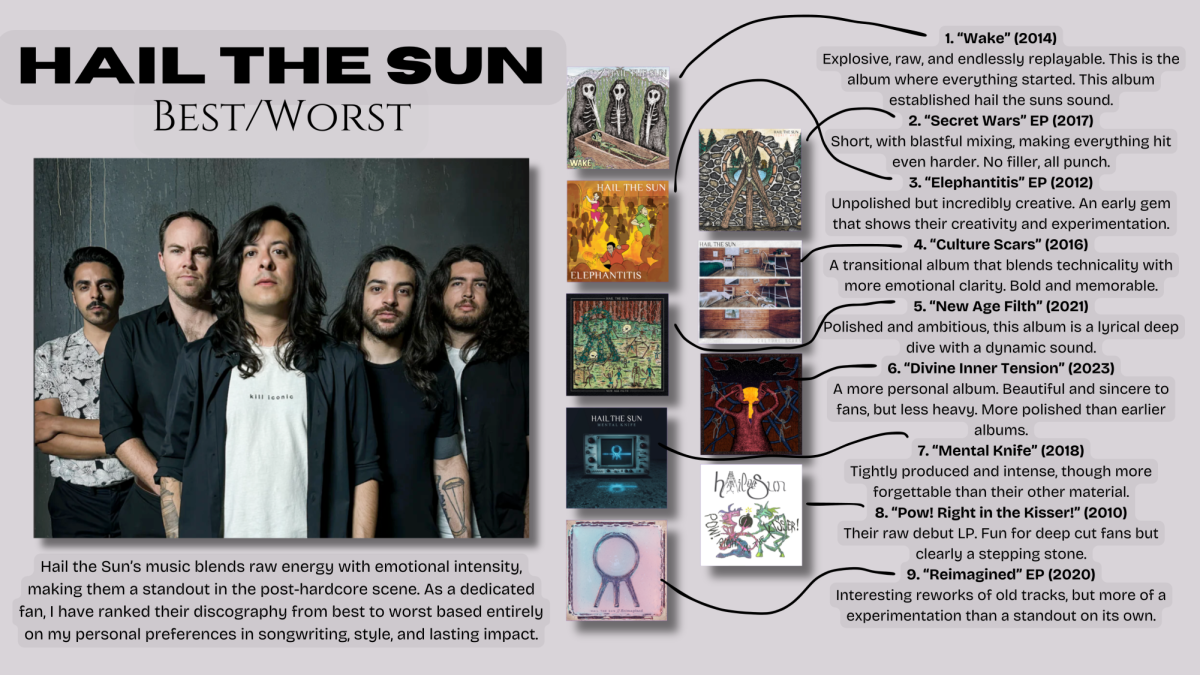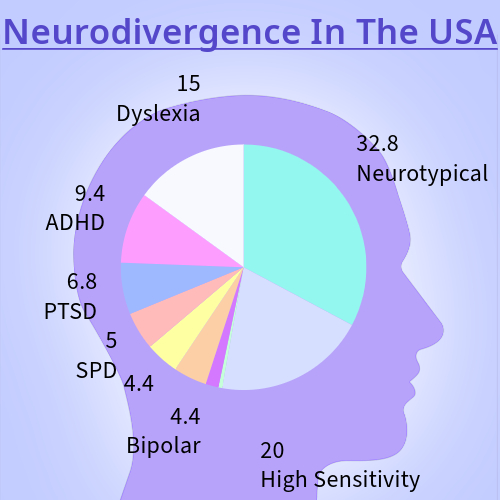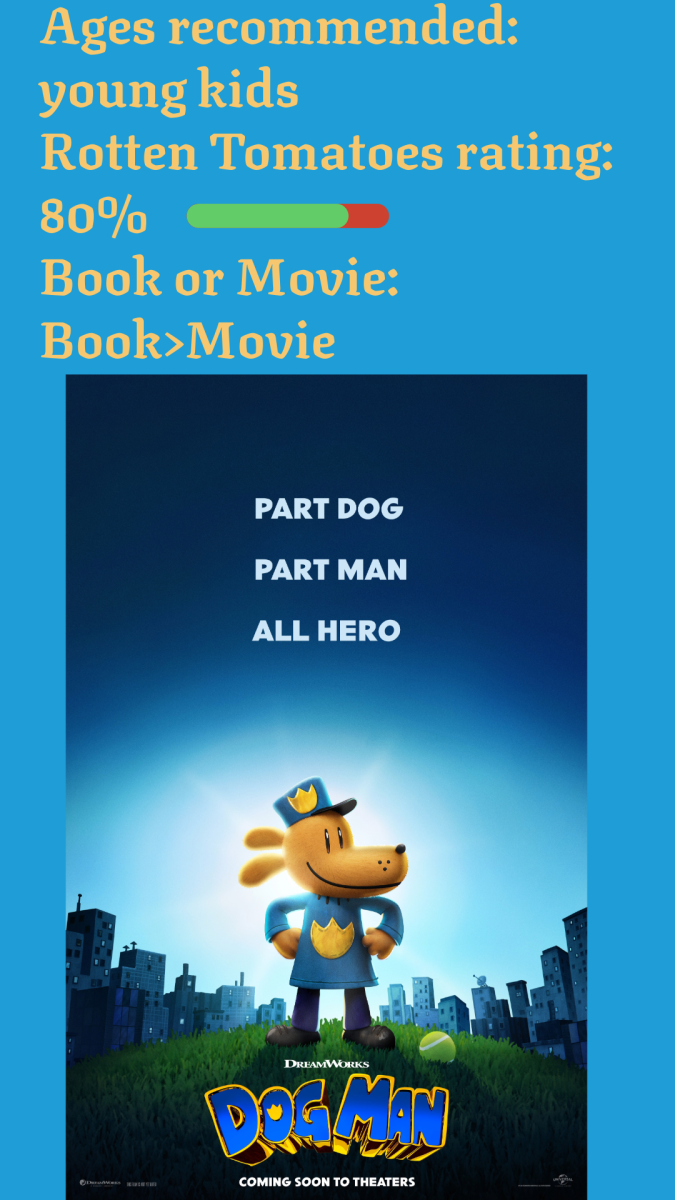In western culture, the majority of people will know what one’s referencing if they speak of a nocturnal, blood sucking, immortal human-turned-monster; it’s a vampire. Vampires have been known for hundreds of years as folk legends, but have evolved into much more than that through literary and film interpretations. Through the vast archive of media created since the 1810s, the evolution of the vampire in fiction may be explored.
Pre-1800s: Folklore & Legends
The vampire legend originated in eastern and central Europe, but the specific origin is unknown. According to National Geographic, these superstitions led to bodies being dug up from their graves and often beheaded or staked in the heart if they didn’t display signs of decay after a time. It was reports of these instances which influenced western writers to take interest in the supposed immortal bloodsuckers of eastern Europe.
One figure specifically stands out as an inspiration for one early and iconic work of vampire fiction “Dracula,” written by Irish author Bram Stoker in 1897. That being Vlad the Impaler, who ruled an area of Romania called Walachia in the 1400s, though he was born in the Transylvania region, he did not rule there like the fictional Count Dracula.
According to The History Channel, his full name was Vlad Drǎculea, which is where the name Dracula comes from. He was supposedly a cruel, ruthless ruler, and favored harsh punishment by his own hand – specifically impaling his victims with wooden stakes. This is similar to the way Dracula can be killed by a wooden stake through the heart.
Despite the obvious influence, at least in the name, that Vlad had on the creation of Dracula, he existed separately from the myth of the vampire, and was never suspected of being one while he was alive. However, the myth does come from around the same area he ruled.
1810s-1920: Macabre & Occult Trends Elevate the Vampire
Before the 1819 publication of the short story “The Vampyre” by John William Polidori, the legends of vampires were far different from the modern perception of them. They were more along the vein of zombies; mindless, decrepit things that would drink the blood of any living thing it could get a hold of. Polidori’s depiction turned this on its head and created the suave, aristocratic, and alluring view of the vampire we know today.
He also applied many of the themes now associated with vampires, such as the allure of afterlife, the monstrous nature of aristocracy, and even the fear of disease.
National Geographic wrote that Polidori’s tale caused a boom in popularity for the newly caped and enchanting vampire in story, as operas, plays, and ballets. Throughout the entire Victorian period, the macabre and occult grew popular alongside the vampire. Many novels were being released inspired by Polidori’s, like the 1872 novella “Carmilla,” about a female vampire, named Carmilla, who terrorizes a woman, and of course the iconic “Dracula,” Where a man encounters the vampire Count Dracula in his Transylvanian castle.
1920-1950s: Vampires on the Silver Screen
Stoker’s vampire was the first to make it to the silver screen with F.W. Murnau’s 1922 silent film “Nosferatu,” a monstrous display of the German expressionist film movement and one of the first films in the horror genre. This broadened the audience of vampire media and brought them into another medium of storytelling.
However, the 1931 adaptation of the same novel, “Dracula” with Bela Lugosi put the nail in the coffin (pun intended) in terms of making vampires culturally iconic to film audiences. According to Smithsonian Magazine, the film “Dracula,” like the book it was adapted from and the foundational inspiration “The Vampyre,” showcases themes people don’t speak of in polite conversation. This likely is why vampire media is so popular and became so in the first place, because its shock value via grotesque, often risque subject matter, lured audiences in.
Despite “Dracula’s” raging success and popularity, the age of Universal’s movie monsters came to an end in the 40s.
1960s-present: The Vampire Evolves
Vampire media began to move away from vampires as just the villains in every other horror movie of the 1940s and 50s. Vampires were once flat-out villains in every instance, but as they regained popularity, dimensional vampire characters started to pop up, and unique twists like comedy-horrors, such as “Blacula” (1972) became more popular. Vampires were now the main characters of their stories, rather than just a villain.
The increased depth of vampire characters as morally gray characters began not just in film, but also in literature. Anne Rice’s 1976 novel “Interview with the Vampire” revolved around the story of a vampire and his over 200 year experience, not painting the character as wholly bad or good.
As time went on, the iconic vampire was altered and changed again and again from the classic caped, slicked back hair vampire. From films like “Lost Boys” about angsty teenage vampires, and “Blade,” about a half-vampire turned vampire hunter/superhero, to comedy films like “Buffy the Vampire Slayer,” unique takes on vampires have overwhelmed pop culture.
Even now, vampire films come out nearly every year. Classic interpretations, such as the upcoming Robert Eggers’ remake of “Nosferatu” coming out Dec. 25 of this year continue to come out, as well as unique and comedic vampire stories, like “Twilight” and “What We Do in the Shadows.” The themes and iconography of vampires remain similar, but as they continue to grow as an integral, historical part of modern storytelling media, they continue to change and evolve with the times.

